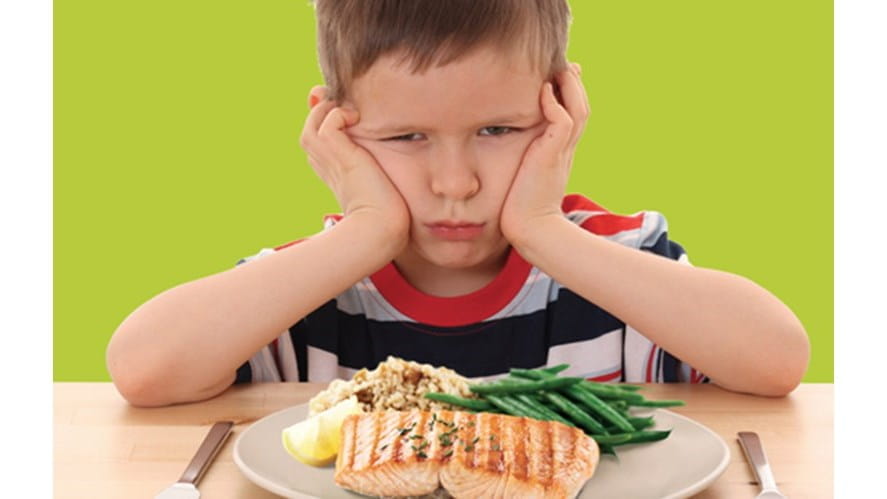Guide to helping picky eaters try new foods
Join Dover Court this January!
Limited places still available in select year groups - Enquire Today

Guide to helping picky eaters try new foods
Guide to helping picky eaters try new foods
Melanie Yates, a DCIS Speech and Language Therapist, provides some insight into picky eating.
Some children find eating more challenging than others for a variety of reasons. These children are often described as picky eaters or fussy. However, this might not always be the case as the child in question may have some underlying issues which then lead to problem eating.
Picky Eater | Problem Eater |
Eats at least 30 different foods | Eats a restricted range or variety of foods (less than 20) |
Tolerates new foods on plate and can usually touch and taste them | Cries/is unable to cope when presented with new foods |
Eats a variety of textures and at least one food from different nutrition groups | Refuses entire food categories of food (textures and nutrition groups) |
Often eats a different meal to the rest of the family, but will eat together with the family. | Always eats a different meal to the rest of the family and will often not eat with the family |
Sometimes referred to as a picky eater at check-ups (wellness/paediatrician) | Persistently referred to as a picky eater |
What Can I Do?
These strategies can be used with both picky and problem eaters, however problem eaters usually have other underlying causes for finding eating challenging. A professional who is trained in feeding difficulties should always be consulted (speech and language therapist, occupational therapist, nutritionist or dieticians.)
ROUTINE
Stick to a schedule so your child eats their meals at roughly the same time each day.
EAT TOGETHER
Eating is a social experience. Try to eat with your child as often as possible. Apart from providing a social experience, you are also able to provide a positive eating model. Reduce screen time during meals to ensure the social element is maintained and that your child is fully engaged.
PREFERRED FOODS
Always have at least one or two of your child’s preferred foods available at each meal. This does not mean that this is all they get served, but it does mean anxiety around the meal is reduced, as your child will be able to eat something. Did you know anxiety or stress shifts you into fight/flight mode which suppresses appetite?
Always offering a preferred food, included in a meal, also means that you do not need to prepare a separate meal for your child if the family meal is rejected (as this can quite often happen).
PORTIONS
Serve small portions so as to not overwhelm your child. Children are more likely to eat a smaller portion on their plate and ask for more, rather than attempting a big portion.
It is even better if children are able to serve themselves, so that they feel like they have some control in the eating process.
BE POSITIVE
Talk positively about food. Even if you don’t like a food, you could say “I am still learning about this food” or “I am not sure about this taste” or even “it's not my favorite”. Try not focus on your child eating, but rather the food. I.e. rather than talking about how many bites your child took, describe what the food looks like, feels like, smells like etc.
INVOLVEMENT
Let your child be involved in choosing food items when shopping, choosing meals and recipes for the week, and even let them help preparing meals. By age 7, a child should be able to be the primary chef for one meal a week (parent as a helper).
REDUCE SUGARY SNACKS
Sugar reduces appetite so try avoid sugary snacks or juices prior to a meal.
FUN
For young children especially, keep food fun! Pinterest really is your best friend
Melanie Yates
DCIS Speech and Language Therapist